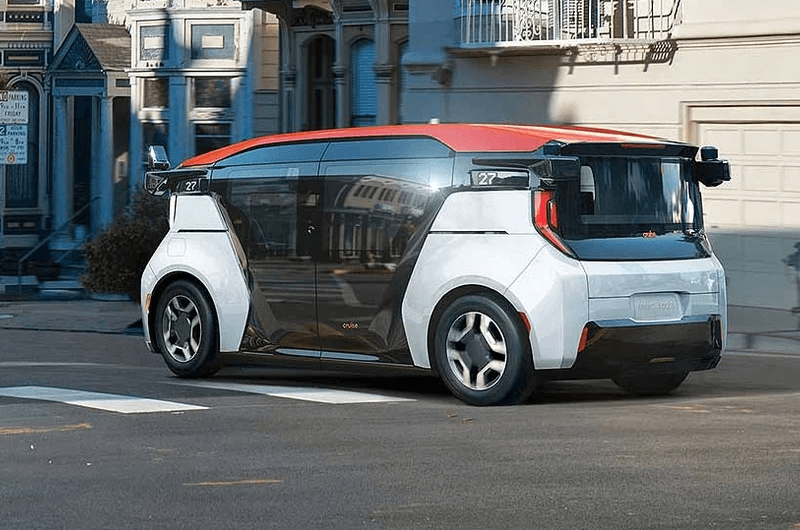
RoboTaxis – Autonomous Ridehailing Services around the world
Autonomous technology is changing the mobility landscape. The success of autonomous electric vehicles will depend on lower battery costs that will make them competitive with gas-powered vehicles. Further, Artificial intelligence (AI) will play an important role to optimize route planning, reducing accidents, and increasing utilization rates. The future of mobility is Shared, Electric and Autonomous.
ARK Investment Research predicted the cost of autonomous electric transportation will drop to $0.25 per mile by 2030.
Cost Per Mile of a Personally Owned Vehicle 2020 (In US$ per mile)
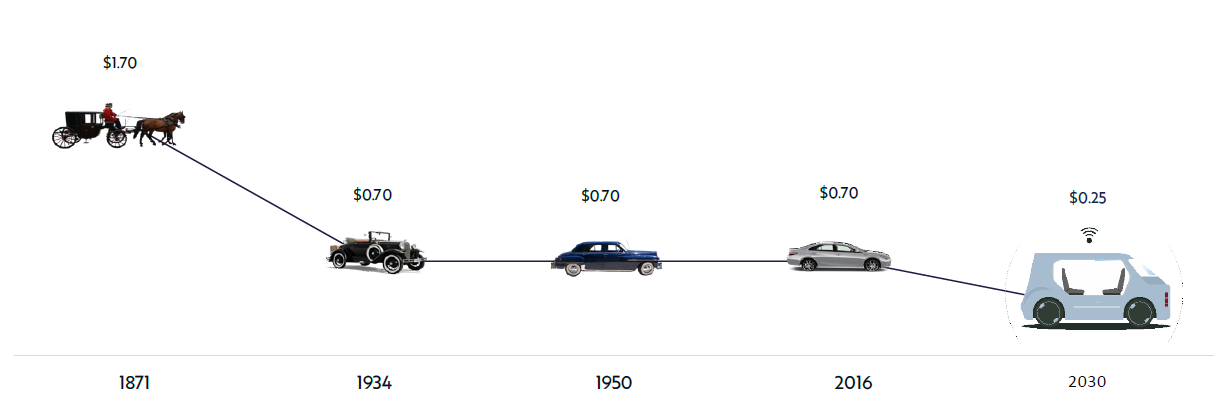
These factors will drive the cost of ride-hailing services. However, the developed countries will experience a big reduction in cost per mile as manpower accounts for more than 70% of the cost, followed by car installment, fuel, and maintenance. According to ARK Research, the price per mile in the US can reduce by a whopping 88% with autonomous ride-hailing service.
Human Ride-Hailing vs. Autonomous Ride-Hailing – Average Price Per-Mile in China vs. The US
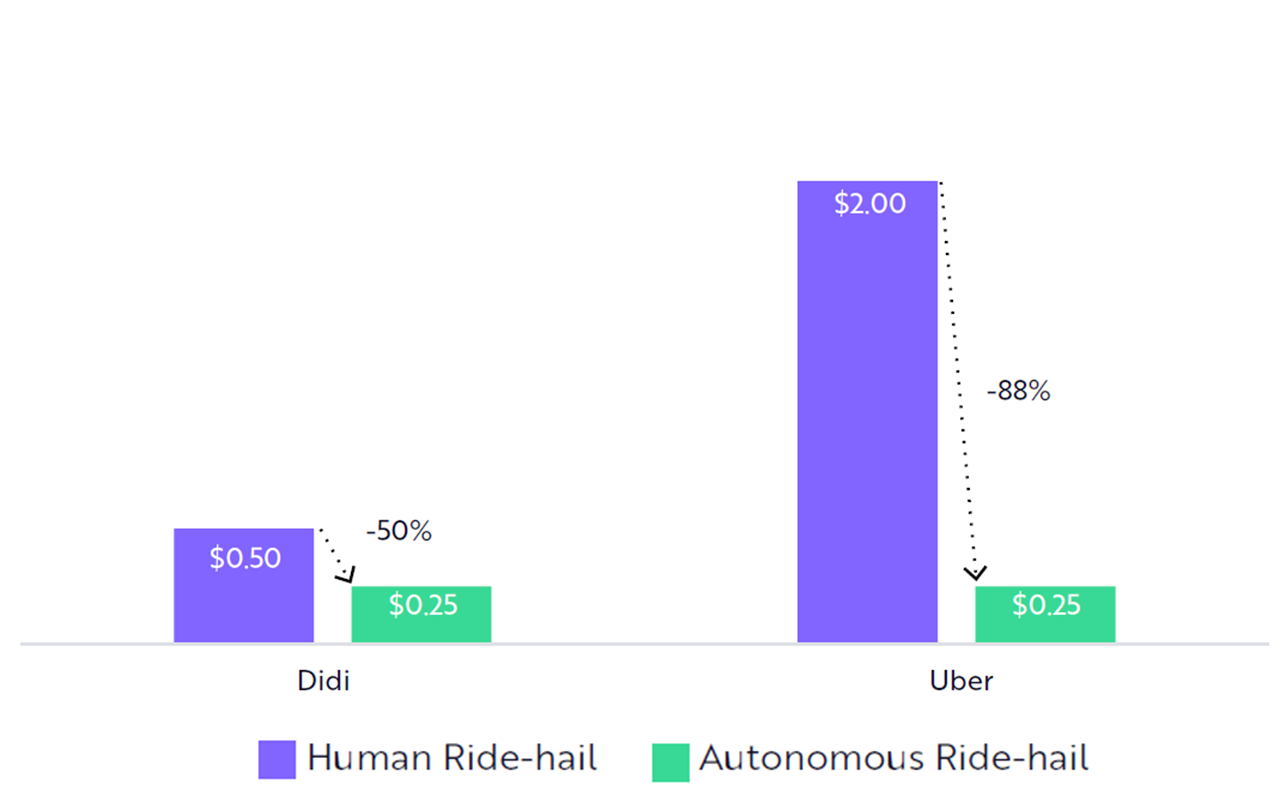
It is estimated that the total addressable market (TAM) for autonomous ride-hail services could reach $11-12 trillion (Source: ARK). Key factors which will lead to the adoption of Autonomous ride-hail services:
- High Utilization Rate: Autonomous vehicles can provide rides around the clock, except during charging and maintenance time. The cost of an autonomous ride-hailing service will drop to $0.25 per mile, compared to $0.70 to keep a personal car.
- Low Operation Cost: Autonomous vehicles will help to reduce insurance costs, as well as, reduce accidents. This will help to bring down the cost of these services.
Some of the interesting pilots happening around the world:
Cruise, a subsidiary of General Motor, became the first company in the world to run an autonomous ridehailing service in a major city. The company received approval to start the commercial ride-hailing business in San Francisco in June 2022 from the California Public Utilities Commission (CPUC). The company launched its driverless, public, and fared autonomous ridehailing service on 02 June 2022.
Cruise is using a fleet of 30 autonomous all-electric Chevrolet Bolts to ferry passengers around parts of the city. Currently, the service is available to the general public from 10 pm to 6 am daily under normal weather conditions. The vehicles can drive a maximum speed of 30 mph and can not operate in case of heavy rain, heavy fog, heavy smoke, hail, sleet, or snow. The company is looking to induct more Chevrolet Bolts vehicles and the time span of the operation. Cruise is also looking to launch its Cruise Origin AV in the city.
The company has already started the groundwork to launch a self-driving ridehailing service in Dubai next year and in Japan later.
Baidu, a technology giant in China, set up Autonomous Driving Unit (ADU) in 2014 to develop vehicles capable of sensing and navigating without a driver. The company also launched self-driving robotaxi business – Apollo Go in 2017
Baidu launched Baidu Apollo Autonomous Driving RT6 vehicle in July 2022 and also received approval from Beijing authority to launch robotaxi within a suburban district. The vehicle will just cost $37,000 (250,000 yuan) to produce, a 48% lower cost compared to the previous version (Apollo Moon). Apollo RT6 comes with a detachable steering wheel, as the car will no longer necessarily need one to drive.
The company has also obtained permits to operate fully autonomous taxis without drivers in August 2022 in two of China’s megacities – Chongqing (30 million) and Wuhan (11 million). Baidu will deploy a fleet of 5 vehicles each in both cities and will provide fully driverless robotaxi services in designated areas for a limited time – Wuhan from 9 am to 5 pm and in Chongqing from 9:30 am to 4:30 pm local time. Service will be limited at first, however, with just five robotaxis operating in each city.
Pony.ai has received a permit to provide fare-charging driverless robotaxi services in Beijing in July 2022. Pony AI is one of only two companies to receive this newly introduced permit. With this new permit, Pony AI is now able to charge fares in a 60 square kms (23.1 square miles) area in Yizhuang, Beijing. The core service area covers public facilities such as subway stations, parks, and sports centers, as well as key business districts and residential areas.
This permit builds upon two other recent autonomous driving milestones in Beijing:
- November 2021: Pony AI received a permit to charge fares for autonomous robotaxi rides with safety drivers
- April 2022: Pony AI received a permit to provide non-fare charging driverless robotaxi rides.
Since Pony AI began commercializing its autonomous robotaxi service in November 2021, it has provided over 80,000 rides in Beijing across nearly 200 pick-up and drop-off locations.
Hyundai Motor Company launched an autonomous ride-hailing service in Gangnam in Seoul under the brand – RoboRide. MOLIT (Ministry of Land, Infrastructure, and Tourism) South Korea has issued permits to Hyundai Motor Company to operate autonomous vehicles in Seoul. The riders can book the ride through Jin Mobility’s I.M app. This is first pilot of ridehailing service with autonomous driving vehicles.
To conduct the pilot, Seoul Metropolitan Government established a system that can connect traffic signals with autonomous vehicles. In addition, the company will deploy a remote vehicle assist system to ensure safety to monitor autonomous driving status, vehicle and route, and supports the trip with remote assist functions, such as changing the lane under circumstances where autonomous driving is not feasible. The role of the safety driver will be very limited. Further, It has also gathered copious driving data since 2019 by testing autonomous driving in Gangnam area.
The company will operate 2 self-driving IONIQ 5 vehicles, having a Level 4 Automation level, with safety drivers. RoboRide autonomous taxi service will operate Monday to Friday from 10 am to 4 pm and up to three passengers can go for a ride. After initial trials, the pilot will be expanded to general customers.
Zoox, a subsidiary of Amazon, unveiled its special-purpose vehicles (SPV) with electric and autonomous features in 2021. The company designed its vehicle from the group up for the robotaxi. The company has received the approval from California Department of Motor Vehicles to operate its robotaxis on California public roads in February 2023. The vehicle is fully computer driven and designed for commercial taxi services without a driver, steering wheel, brake, or accelerator pedals. The vehicle has also passed a self-certification from the Federal Motor Vehicle Safety Standards (FMVSS).
Initially, robotaxis will only be available to Zoox employees and run as a shuttle service on about a two-mile loop between the company’s two main buildings in Foster City, California. Zoox robotaxis would need an exemption from the federal government under FMVSS.
About The Author
Jaspal Singh is the Founder of Mobility Innovation Lab (MIL) and Host of the Mobility Innovators Podcast. If you are working on innovative ideas and solving mobility and transportation issues, please feel free to reach out. He loves to talk about startups, mobility, and technology.
Sorry, the comment form is closed at this time.



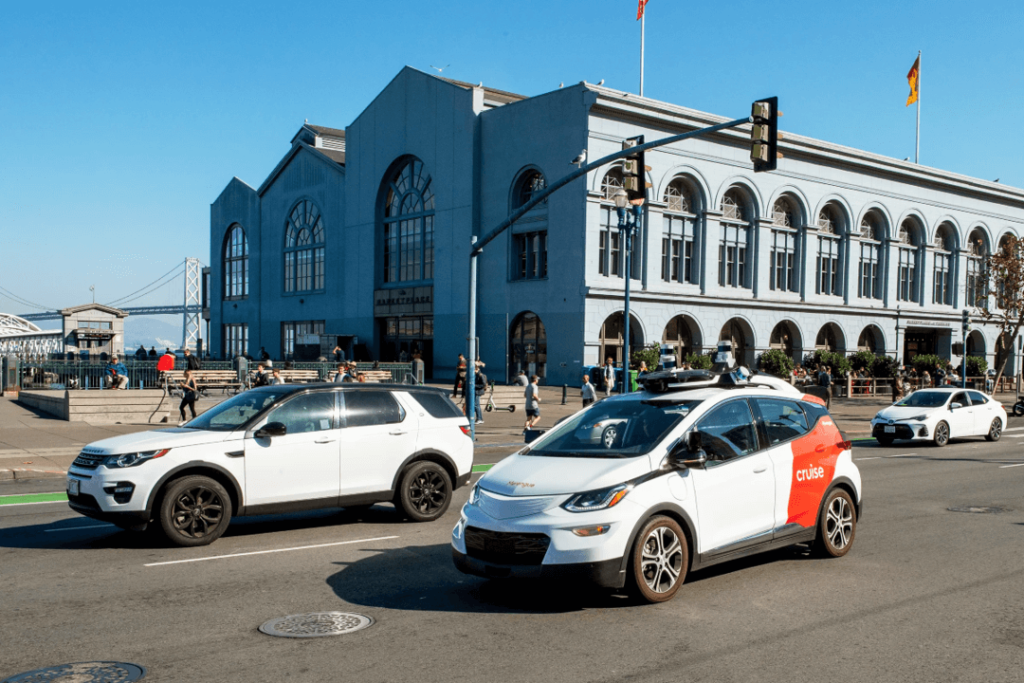
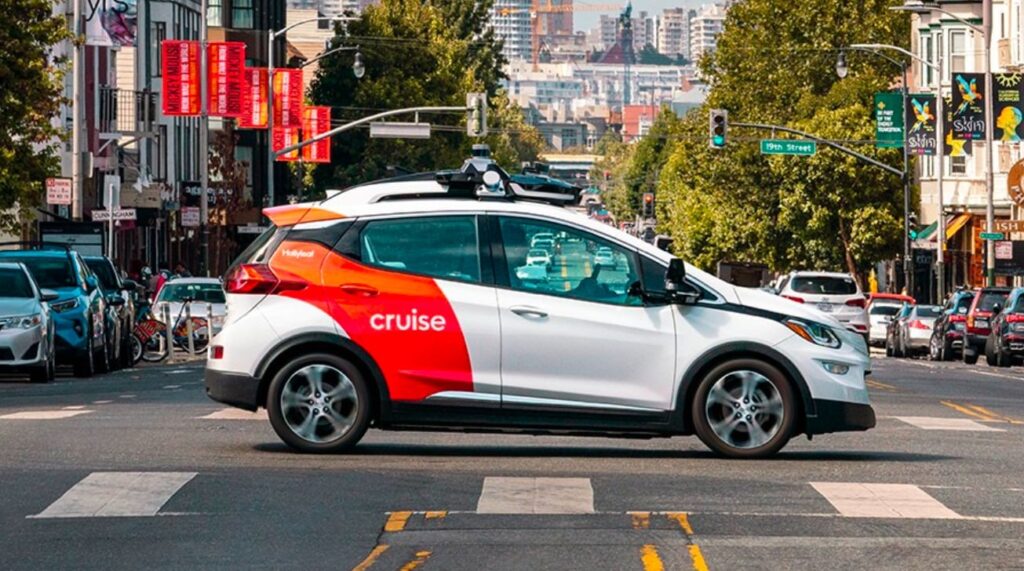

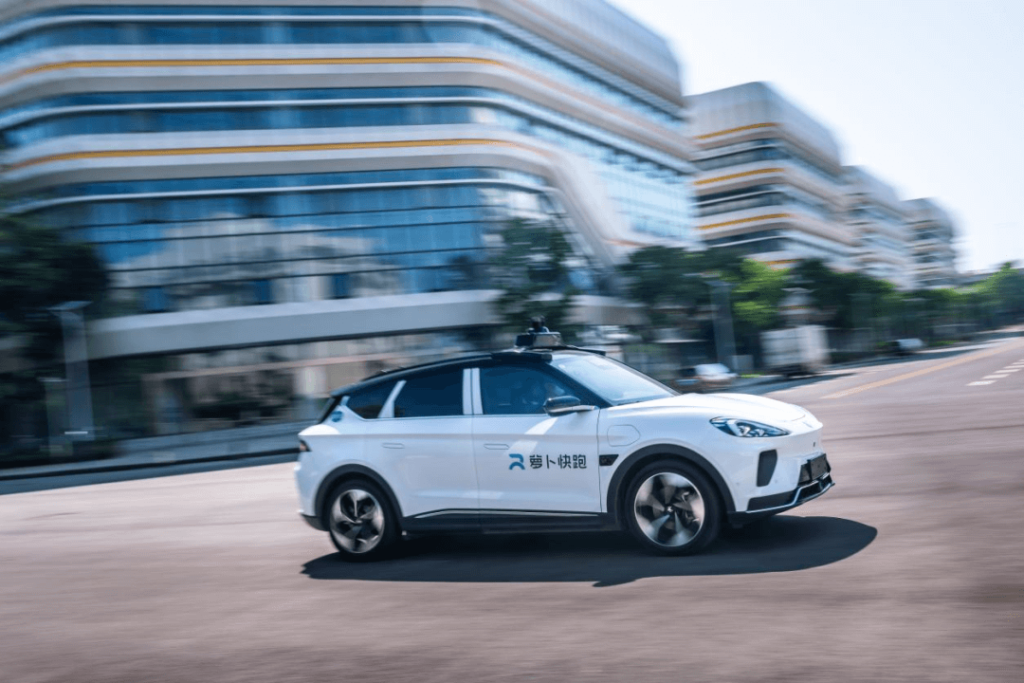
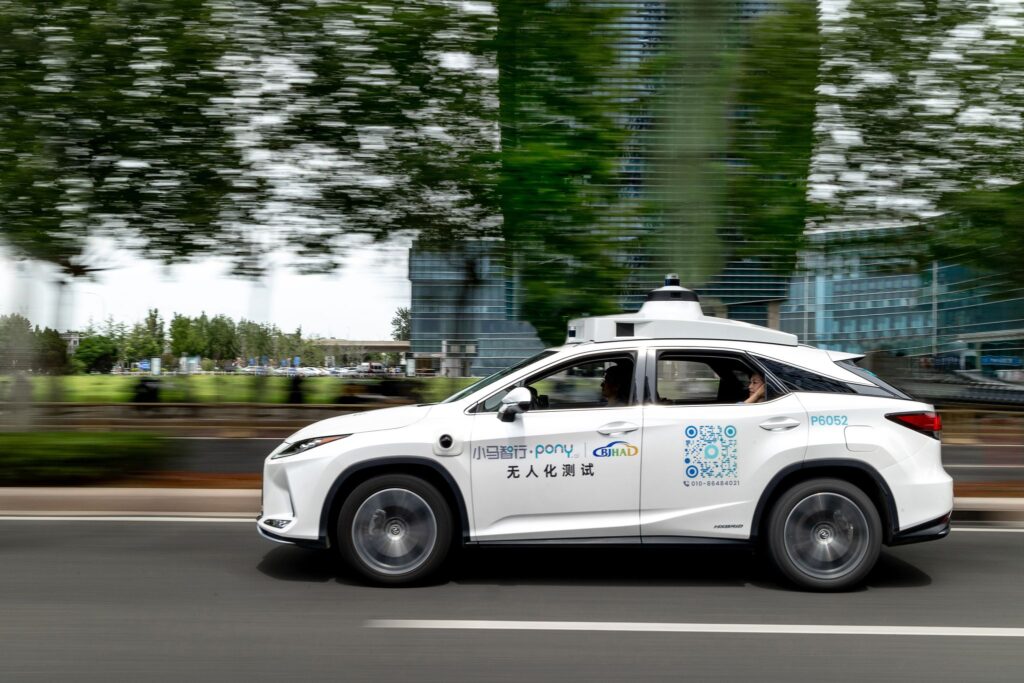
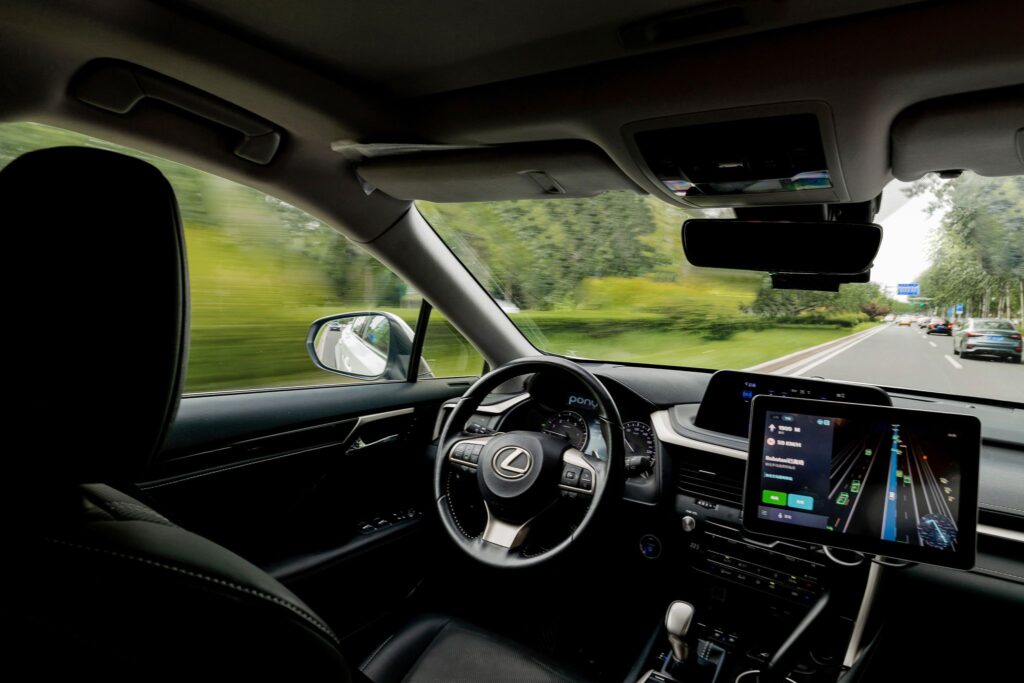

Pingback: Den nya tekniken kommer att förändra vårt transportsystem